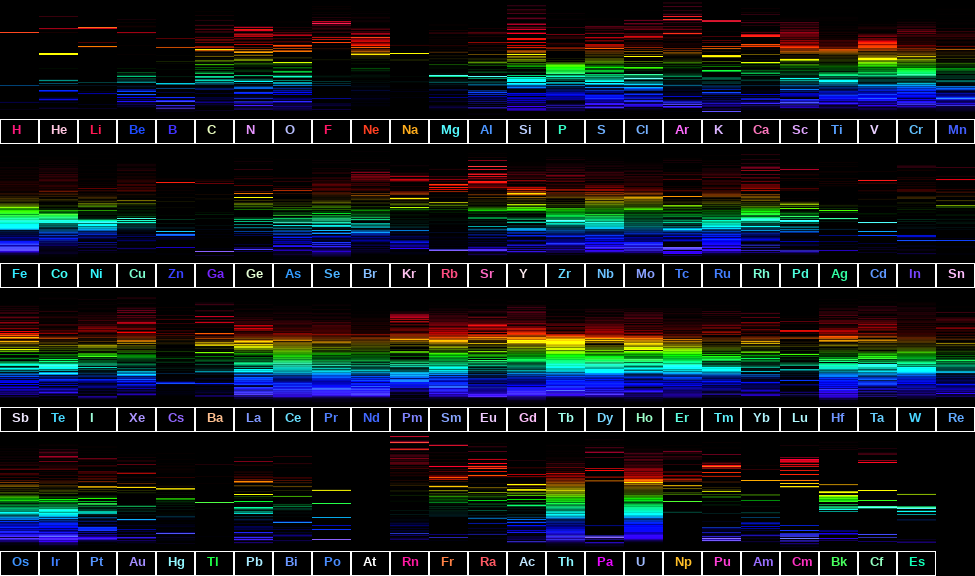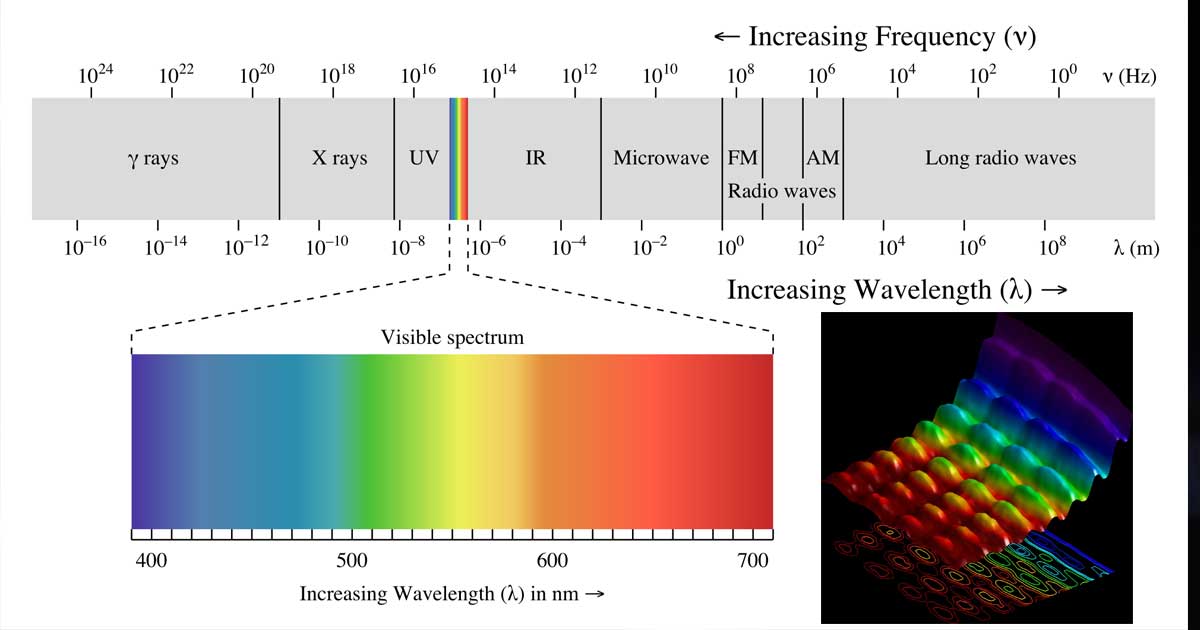

Although his suggestions were initially rejected, his former students were among the founders of the American Camouflage Society in 1916 and his theories were eventually adopted and are still used today. Despite these shortcomings, Thayer went on to be the first to propose camouflage for military purposes. Teddy Roosevelt most notably attacked his theories by pointing out that this concealment doesn’t last all season, or even all day, but was dependent on a single frozen moment in times. He was extreme in his views arguing that all animal coloration was for protective purposes and failing to recognize other possible reasons such as sexual selection – characteristics for attracting a mate. In his book, Concealing Coloration in the Animal Kingdom, Thayer presented his beliefs of protective coloration as an essential factor in evolution helping animals disguise themselves from predators. Thayer, an American artist, devoted much of his life to understanding how animals conceal themselves in nature for survival.

In this illustration Thayer shows how a peacock can disappear into its surroundings. American artist Abbott Thayer introduced the concept of disruptive patterning, in which an animal’s uneven markings can disguise its outline. Illustrstions by Abbott Handerson Thayer (his father)Ĭoncealing-Coloration in the Animal KingdomĬan you find the animal hiding in this image? Camouflage uses color to conceal forms by creating optical illusions. Subtractive primary colors - blue, red, and yellow – are often taught to us as children, and when mixed together they create black. Books, paintings, grass and cars are examples of a subtractive color system which is based on the chemical makeup of an object and its reflection of light as a color. Red, green and blue are the primary additive colors and when combined they produce transparent white light. Rainbows, TVs, computer screens and mobile devices all emit light and are examples of an additive color system (the subject of Newton’s Opticks). Le Blon’s distinction marks the first documentation of what is now referred to as additive and subtractive color systems. He makes an important distinction between “material colors,” as used by painters, and colored light, which was the focus of Newton’s color theories. Le Blon was the first to outline a three-color printing method using primary colors (red, yellow, blue) to create secondary colors (green, purple, orange). This very rare book formed the foundation for modern color printing. To put this question in some common terms - how do investigators identify different criminals when each and everyone places their fingerprint on the same location such that the patterns overlap? However, let's limit the answers explaining only the "optical fingerprints" of elements.Coloritto, or, The harmony of colouring in painting. But in addition to this, they find the relative composition of elements in distant stars and planets based on the spectral lines. We've seen how difficult it would be to identify the elements. So, the process of finding the composition becomes even more complicated. More the number of elements more populated will be the resulting spectrum. We've just considered two elements but in reality there will be even more. My doubt is, on seeing only the third spectrum how can an astronomer conclude the Star X is made of Elements A and B? Why can't it be made of Element C alone which matches the third spectrum all by itself? How do they know which spectral line belongs to which element? When astronomers analyse the light from Star X, they would be seeing something like the third spectrum in the following figure. Let us assume Star X contains two elements A and B (for which the spectral lines are already known and are given in the first and second spectra in the following figure). So the spectrum observed from these sources must have spectral lines belonging to each and every substance superposed on one another. Usually stars and planets have diverse composition i.e., have different atoms, molecules and compounds. The Wikipedia article on spectral lines gives the spectral lines for most of the elements in the periodic table. This is used by astronomers to identify the chemical composition of distant stars and planets. In other words, spectral lines are like the fingerprints which help to identify different substances. It is said that the spectral lines of a particular atom or molecule is unique and this could be used to identify the substance by comparing the spectrum with the existing library of spectra of different atoms, molecules and compounds.


 0 kommentar(er)
0 kommentar(er)
